In 1061, or more likely 1131, Richeldis de Faverche, a woman blessed with faith and cash, had a vision of Our Lady. In this vision the Virgin Mary took her to the house in Nazareth where she had dwelt. with the Holy Family and enjoined her to build a replica in her native Norfolk, in eastern England. Having chosen a site the builders set to work, only for the edifice to collapse as it could not be sustained by the wet soils of Norfolk. They tried again ,but failed. Richeldis spent the whole night praying and lo and behold next morning the house was erected on a different patch of ground. The builders said angels must have built it. Hmm, But the house was built.
The site became popular, reaching the status of fourth most important Catholic shrine behind Jerusalem, Rome and Compostella. An Abbey was erected and various small chapels sprung up, one of which was the Slipper Chapel, where pilgrims took off their shoes so that they could walk the last mile to the shrine barefoot. There were some hostelries for pilgrims to stay while they completed their devotions Walsingham was at the centre of a pilgrim network. There were set routes along which pilgrims walked, which would be policed by the local authorities to prevent robbery. Along this network there were hostels for pilgrims to stay overnight and find something to eat. The hostels were run by monks and/or nuns from local abbeys and convents.
Kings and queens visited Walsingham. King John's son, Henry the Third, said to be a pious man, unlike his father, visited the shrine on several occasions, and so did the younger Henry the Eighth before he went rogue and destroyed the monasteries. At the centre of devotions was the shrine with an oaken statue of Mary, an image venerated across Christendom. If you read my article on Wizzley, the mystery of the Langham Madonna, you will find that the image may have survived the reformation by being replaced by a substitute, which was ceremonially burned by the Protestant reformers and may now be in a museum.
But in the sixteenth century Walsingham fell to the Reformers, who stripped the shrine of valuables and desecrated the sacred images. Pilgrimage was forbidden as were Catholic devotions. A few years after this vandalism an old Catholic woman from Walsingham was punished by being put in the stocks for saying that the image of Mary still works miracles as it did in happier times. Had she let slip that the image still survived? We know not. But the buildings fell into ruin, some of the stones were reused as i materials. Walsingham was to all intents and purposes gone, except for a haloed folk memory in the Catholic community.






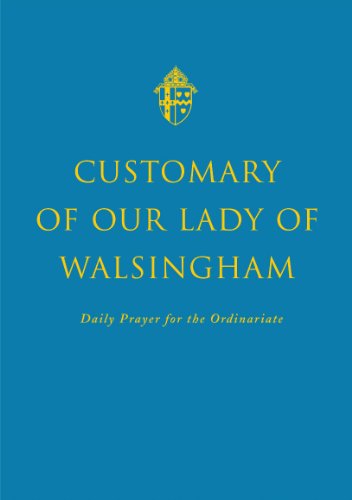

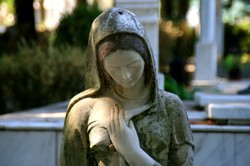

 TheThousand Year Gardenon 11/26/2025
TheThousand Year Gardenon 11/26/2025
 Women of the Gospelson 10/11/2025
Women of the Gospelson 10/11/2025
 Religious Gardenson 08/25/2025
Religious Gardenson 08/25/2025
 Doctor of the Church: John Henry Newmanon 08/03/2025
Doctor of the Church: John Henry Newmanon 08/03/2025
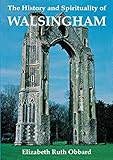
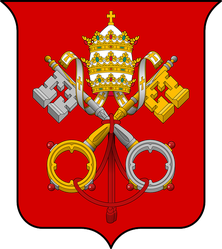
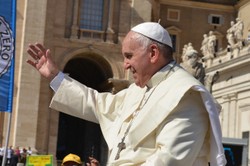
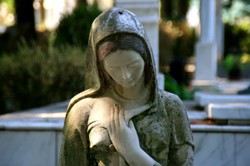
Comments
As far as I know the snowdrops are the native variety.
The second paragraph to the first subheading, Walsingham today, describes abbey-garden, spring-blooming snowdrops.
The English Wiktionary does not have the British Isles on their map of Europe-, through Middle East-, to Western Asia-native snowdrops!
The article Galanthus gives an attractive range map for 20 Galanthus species. It has Galanthus rivalis as native to coastal northern and western Europe, from the Netherlands, through Belgium and France, to the north Basque Country and Catalonia.
Might the above-mentioned species, as common snowdrops, be what grows in the Walsingham abbey garden?
I don't know. Probably they sit in the church.
The first paragraph to the third subheading, Walsingham today, advises that non-Christian arrivals are allowed to sit and pray.
Where -- and what kind ;-D -- are the seats?
No. There is a squadron called the Royal Flight,but it does not fly from a royal airport.
Your comment below, in answer to my previous question two comment boxes down, indicates that royals "sometimes" depart from and return to air-force bases.
Is there a royal equivalent of the Unitedstatesian presidential Air Force One?
Britain would not tolerate an airport exclusively for royals. Sometimes royals fly from air force bases. You decide which airport to use according to where your flight is departing. To visit Italy in 1966. I flew from Heathrow, but more recently l flew from Stanstead to visit Crete.
Three London airports to choose from!
How does one determine which one to arrive at or depart from?
Might, for security reasons, the royals have one of those three airports just for them?
Almost certainly nowadays they would use air travel. They would probably fly from Sri Lanka to one of the London airports (there are three of them ) and then get a coach to go by road to East Anglia where Walsingham is situated
The pilgrimage from Sri Lanka to Walsingham and back sounds so dedicated and devout.
Would the pilgrims go by land, by land and sea, or by sea?